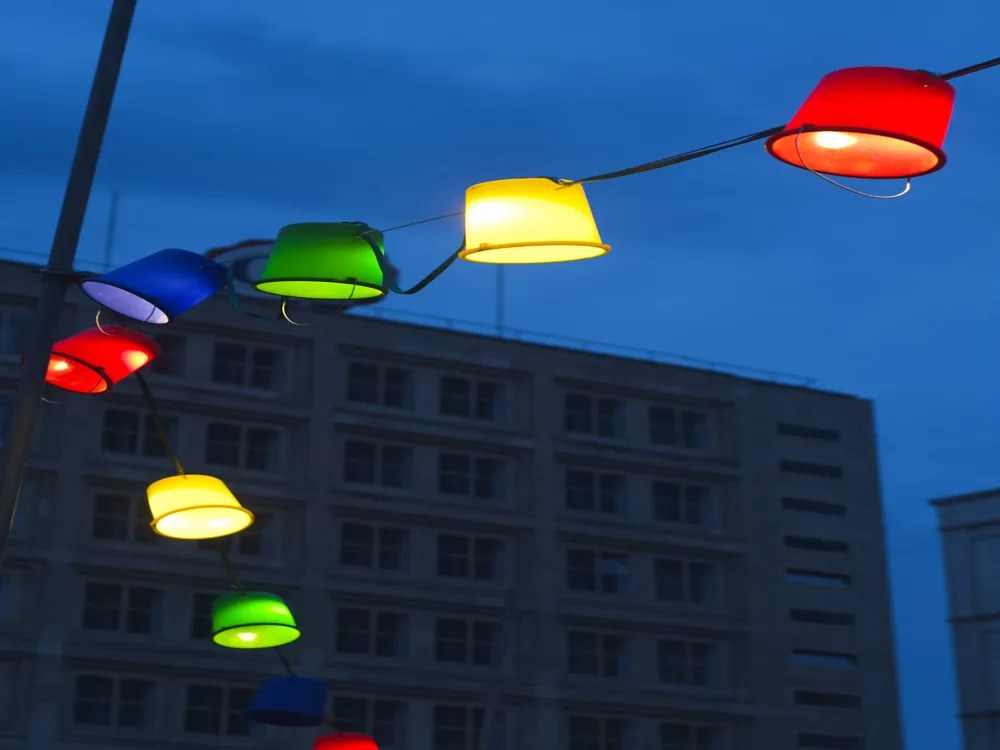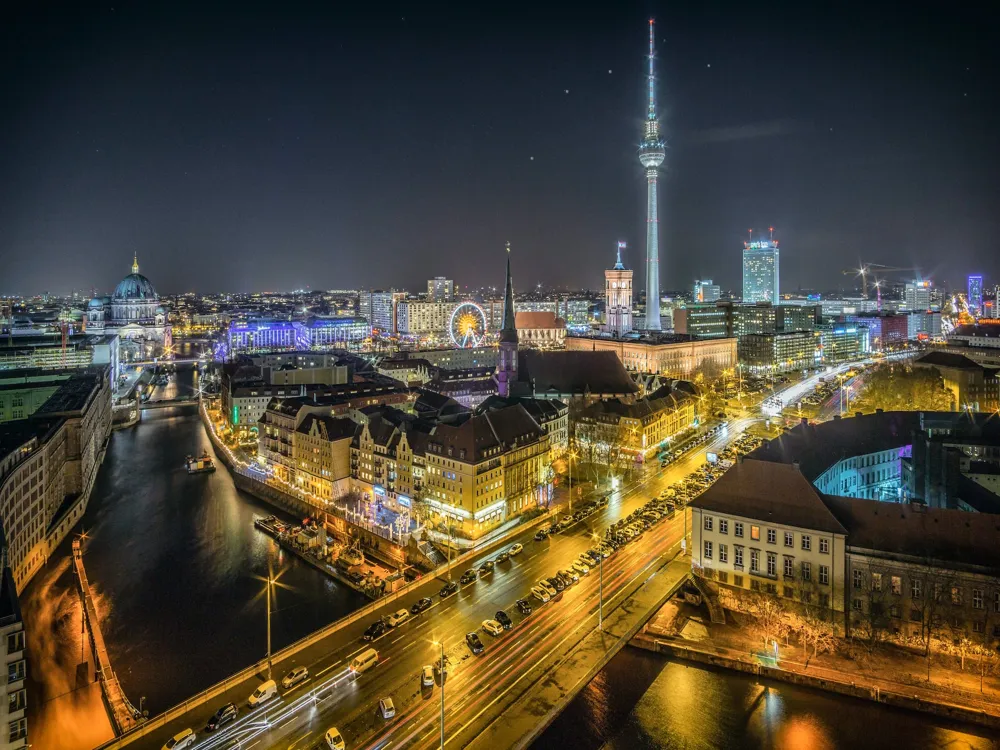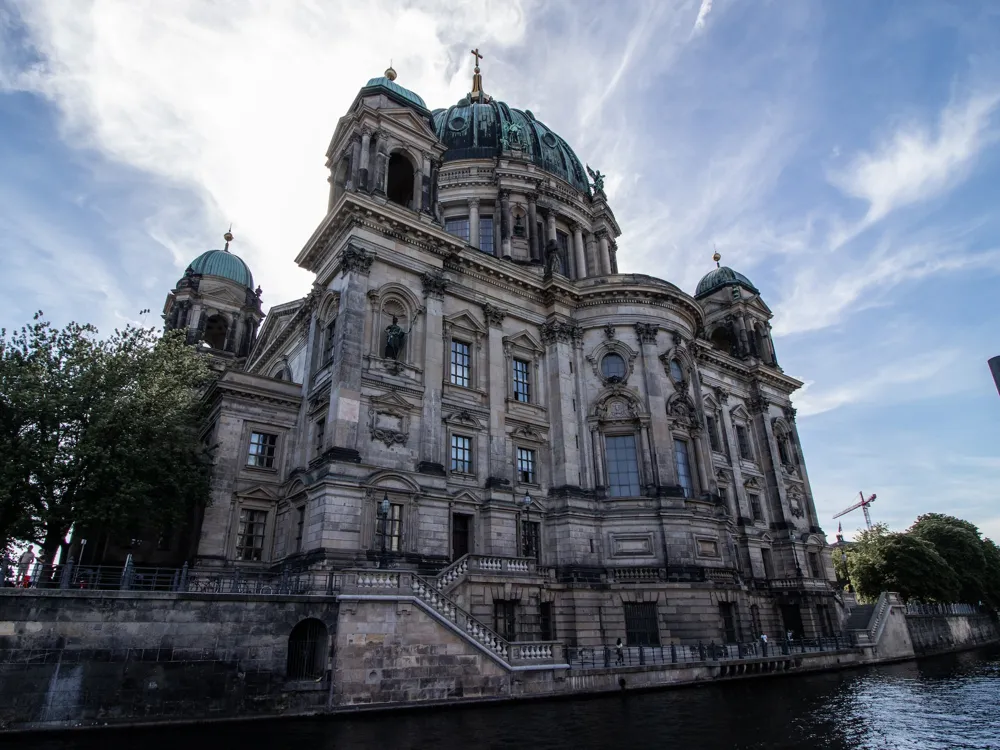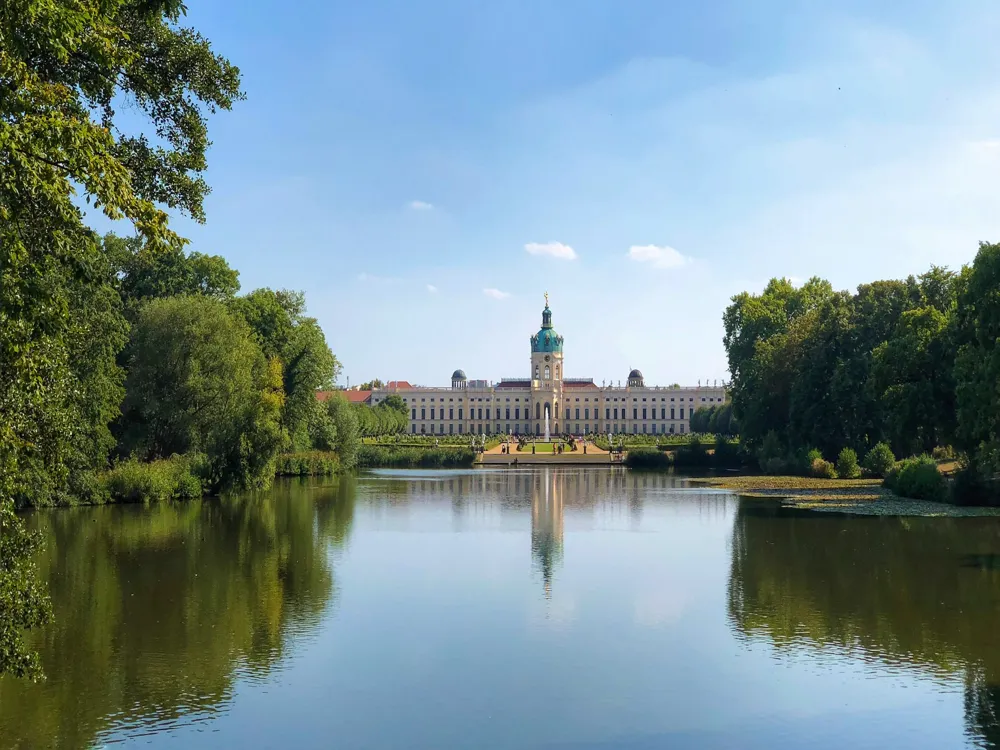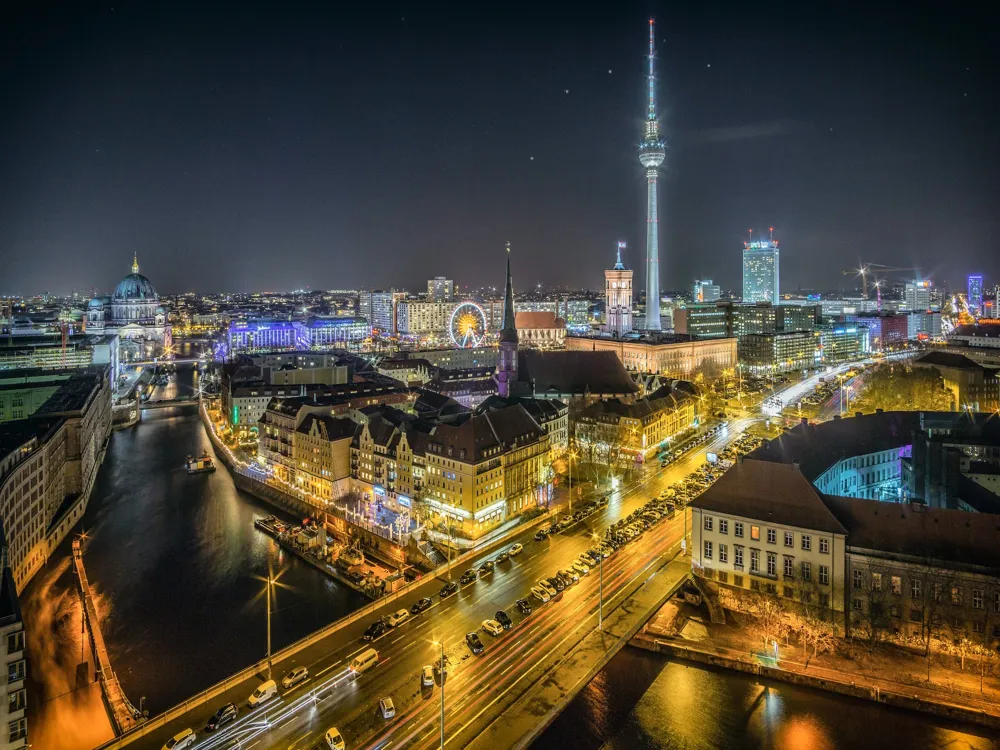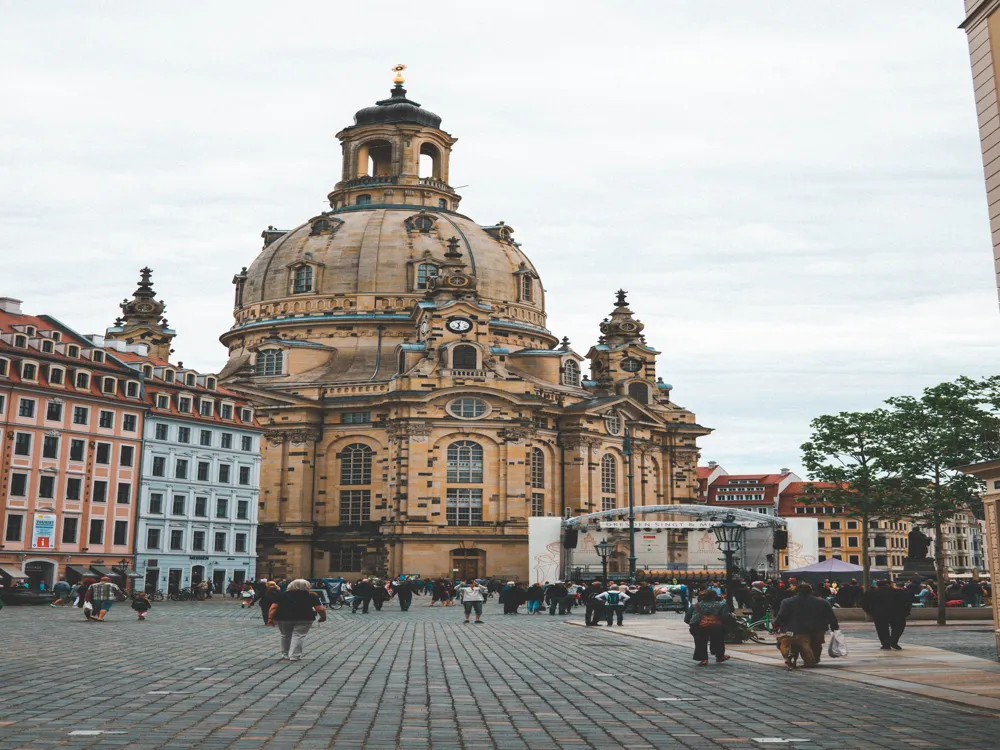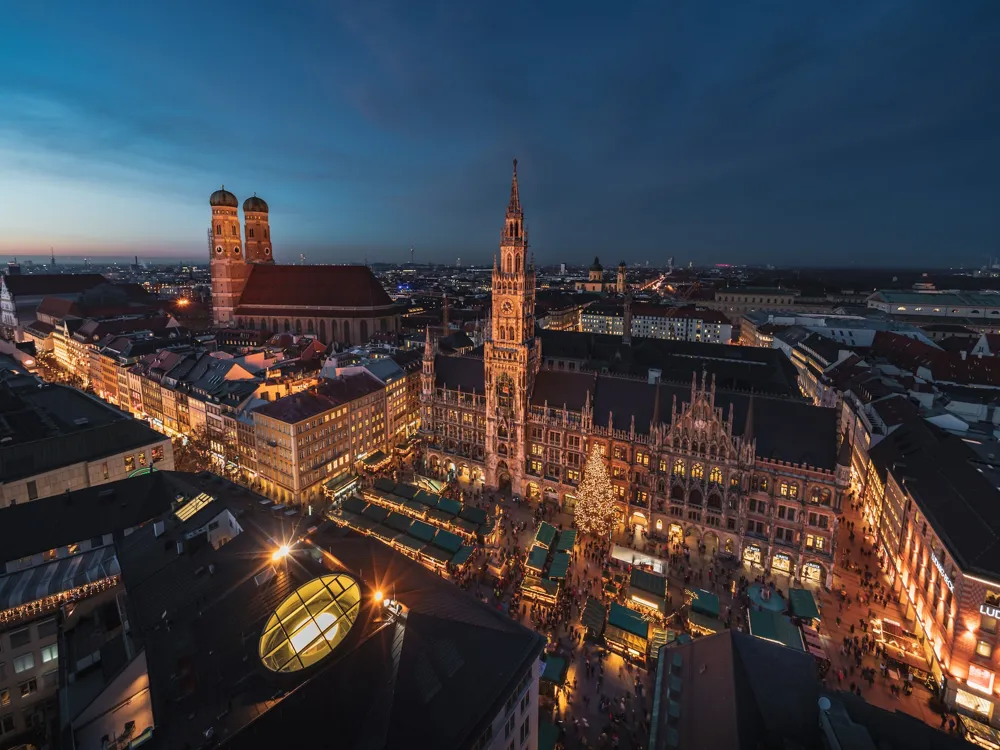Charlottenburg Palace, a resplendent historical edifice in Berlin, stands as a testament to the city's rich cultural and architectural heritage. Originally constructed at the end of the 17th century for Sophie Charlotte, the wife of Elector Friedrich III, it was later expanded into a luxurious palace. Over the years, it has witnessed significant historical events and has been a focal point of German royalty. The palace's design encapsulates a blend of Baroque and Rococo styles, reflecting the artistic sensibilities of the era. The interior of the palace is adorned with intricate frescoes, lavish furniture, and a collection of fine art, making it a treasure trove for art enthusiasts. The palace's gardens, inspired by the famous Versailles, are a spectacle of landscaped lawns, statues, and fountains, offering a serene escape from the urban bustle of Berlin. Charlottenburg Palace also holds a unique place in modern history. During World War II, it suffered significant damage, but meticulous restoration work has brought back its former glory, making it a symbol of resilience and restoration. Today, it serves not only as a historical monument but also as a venue for cultural events, attracting visitors from around the globe. The architectural grandeur of Charlottenburg Palace is a remarkable example of the evolution of style and taste in European palace design. The original structure, designed by Johann Arnold Nering, was a modest summer residence in Baroque style. However, subsequent expansions under Friedrich I added the Orangery, the Chapel, and the Great Orangery, introducing elements of the then-popular Rococo style. The palace's facade is adorned with sculptures, stucco reliefs, and intricate decorative elements that exemplify the opulence of the period. The interior rooms, including the Porcelain Cabinet and the Golden Gallery, showcase exceptional craftsmanship in stucco work, gilding, and mural painting. A standout feature of the palace is the Charlottenburg Palace Park, which harmoniously blends Baroque and English landscape gardening styles. The park features the Belvedere Tea House, the Mausoleum, and the New Pavilion, each adding a unique architectural dimension to the palace complex. Spring and early autumn are ideal for visiting Charlottenburg Palace, offering pleasant weather and the gardens in full bloom. Opting for a guided tour can enhance the experience, providing insights into the palace's history and architecture. Be mindful of photography restrictions inside the palace, especially in art galleries and private chambers. The palace and gardens are wheelchair accessible, ensuring an inclusive experience for all visitors. Charlottenburg Palace is easily accessible via Berlin's efficient public transport system. The closest U-Bahn station is Sophie-Charlotte-Platz on the U2 line. Buses 109 and M45 also stop near the palace, making it convenient for visitors traveling from different parts of the city. For those preferring a scenic route, a boat tour along the River Spree offers a unique approach to the palace. READ MORE:-Overview of Charlottenburg Palace in Berlin
Architecture of Charlottenburg Palace
Tips When Visiting Charlottenburg Palace
Best Time to Visit
Guided Tours
Photography Restrictions
Accessibility
How To Reach Charlottenburg Palace
Charlottenburg Palace
Berlin
₹ 58,000 onwards
View berlin Packages
Weather :
Tags : Monument
Timings : April - October: Tuesday - Sunday: 10:00 AM - 6:00 PM
November - March: Tuesday - Sunday: 10:00 AM - 5:00 PM
Mondays: closed
Entry fee : Old Palace
Adults: EUR 10
Students: EUR 7
New Wing of the Palace
Adults: EUR 10
Students: EUR 7
Belvedere
Adults: EUR 4
Students: EUR 3
Old Palace & New Wing
Adults: EUR 17
Students: EUR 13
Planning a Trip? Ask Your Question
Berlin Travel Packages
View All Packages For Berlin
Top Hotel Collections for Berlin

Private Pool

Luxury Hotels

5-Star Hotels

Pet Friendly
Top Hotels Near Berlin
Other Top Ranking Places In Berlin
View All Places To Visit In berlin
View berlin Packages
Weather :
Tags : Monument
Timings : April - October: Tuesday - Sunday: 10:00 AM - 6:00 PM
November - March: Tuesday - Sunday: 10:00 AM - 5:00 PM
Mondays: closed
Entry fee : Old Palace
Adults: EUR 10
Students: EUR 7
New Wing of the Palace
Adults: EUR 10
Students: EUR 7
Belvedere
Adults: EUR 4
Students: EUR 3
Old Palace & New Wing
Adults: EUR 17
Students: EUR 13
Planning a Trip? Ask Your Question
Berlin Travel Packages
View All Packages For Berlin
Top Hotel Collections for Berlin

Private Pool

Luxury Hotels

5-Star Hotels

Pet Friendly







